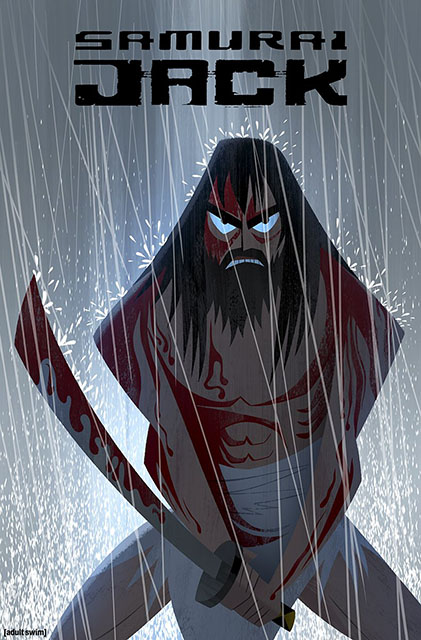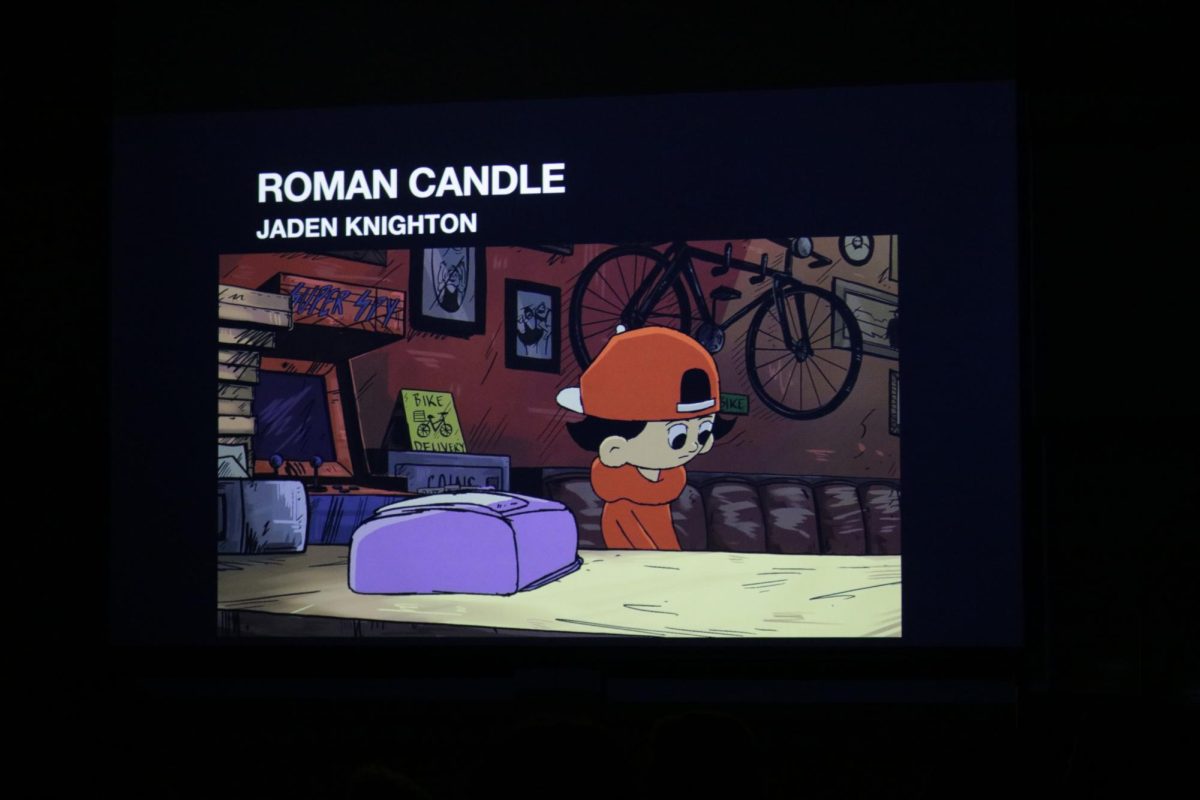Cartoon Network has long had the reputation for airing edgier shows than their contemporaries. While Nickelodeon hosted “Spongebob Squarepants” and “Jimmy Neutron,” Cartoon Network gave homes to the genuinely unnerving “Courage the Cowardly Dog,” a myriad of dark anime and the infamous “Samurai Jack.” Four seasons of nonstop action, drama and distinct art direction pushed this series to the limit of what daytime programing allowed. However, the fifth season, now two episodes deep, makes the jump to Adult Swim as it delves into dicier territory without forsaking the appeal of prior seasons.
Jack is Back
“Jack is Back” became the tagline for the comeback season, and it plays out in the show’s plotline — which retains the same key components as before. Jack remains the fish out of water in a retro-futuristic dystopia, but this reality has more parallels with the hopeless demeanor of “Mad Max: Fury Road” in that the hero lives in a state of dejection, haunted by the ghosts of people he could not save.
Without seeing the previous seasons, understanding the weight of the new episodes will become difficult. This season removes itself from the ideals and goals Jack had in the past. His heroic deeds bear no visible honor to him. He acts as a man broken by evil rather than a warrior fighting against wickedary. This introduces a layer to Jack’s character viewers have not seen, giving him a more human persona in a darkened reality.
Speaking of darkness, parents uncomfortable showing their kids the old “Samurai Jack” will surely have their qualms with this continuation. Creator Genndy Tartakovsky takes full advantage of his new platform, producing the least viewer-friendly content the show has ever produced. However, this season uses disturbing imagery and more overt violence as a means of telling a story and establishing a world rather than simply tantalizing audiences with senseless brutality. Jack lives in a world continuously ravaged by the evil of Aku, and his 15-year absence has allowed this evil to consume the world for all time.
Highly stylized animation
Highly stylized animation nullifies what could divulge into horrific depictions, retaining the over-the-top choreography, slow-mo switches and jumps in aspect ratio that keep the lighthearted undercurrent of the show intact even as it takes twisted detours. In fact, this has been what kept the show from facing problems with censorship in the past back when only robots and monsters became hacked to bits. Humanoid creatures now bite the dust more often, but this still remains detached from reality because of its shamelessly unrealistic — and undeniably awesome — animation. The show’s comedic style remains intact as well, as the second episode explores more fervently, in spite of the more serious exterior.
Amid a confrontational backdrop, themes of purpose and strength take root. Jack struggles to come to terms with his inability to save people, choosing to run away instead, while his foes achieve a warped perception of strength and use it for evil. His enemies see his disheveled state as embarrassing, dismissing him as a shell of his former self. This sets a course for a plotline not only concerned with reconciling the past, but about a hero rediscovering himself in the worst circumstances.
The trial by fire continues every Saturday at 11 p.m., with the third episode airing this coming weekend. With such a strong start, fans and newcomers alike would do well to clear their late night schedule.







